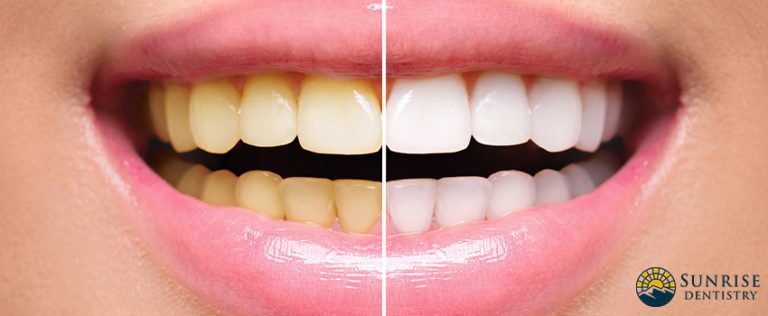Have you ever been eating your favorite food when suddenly, while chewing, some of it gets stuck in between your teeth? It feels irritating, right? All you want to do at that moment is to have it removed. What people usually do is use either their fingers, forks, or toothpick to remove it. However, these methods are both unsanitary and unsafe. Using your hands could potentially let bacteria enter your mouth, while using a fork or toothpick could irritate your gums and damage your teeth by increasing the space between them. The safest way to remove food stuck in your teeth is to use dental floss.
Types of Dental Floss
There are different types of floss and each has its own pros and cons. Unwaxed floss is a standard nylon floss that can be used in tight spaces, but it is prone to breaking. Waxed floss is also made from nylon but with a light wax coating. While this type of dental floss is harder to break because of the coating, it may be harder to use for tight spaces. Dental tapes are flatter and broader than dental floss and are usually preferred by people with more space between their teeth. There are also super flosses made from yarn-like materials which have stiffer sections and can be used to clean braces or dental bridges.
There are also different disposable flossers available on the market. These disposable flossers are best for children and for those who have not perfected the proper flossing technique.
How to Floss Your Teeth
Dental floss is a cord of thin filaments that are used in removing food and dental plaque in between the teeth, which your toothbrush cannot reach. Using dental floss is not that hard at all. Break off 18 to 24 inches of dental floss and place both ends around both your middle fingers, leaving just an inch or two of the floss’ cord for your teeth. Stretch the floss and hold firmly using your thumbs and index fingers and place it in between your teeth. When the floss has been placed between your teeth, gently slide it up and down and rub it against both sides of each tooth. However, make sure that you don’t slide it up too much that it reaches your gums because this could cause irritation and scratching.
Some of the usual questions involve when and how often you should floss your teeth. How often should you floss in a day? Do you floss before or after brushing your teeth? The American Dental Association recommends brushing your teeth twice a day and cleaning between the teeth with floss once a day. It is also suggested that flossing be done before brushing your teeth at the end of the day.
Flossing Teeth Benefits
Flossing your teeth is part of preventive oral care. With the sheer number of germs and bacteria that can be found in your oral cavity, it is very important to practice proper oral hygiene, including brushing and flossing. Below are just some of the benefits of using dental floss regularly.
It Prevents Tartar Build Up and Gum Disease
When plaque is left unremoved from your teeth, this can easily harden into tartar. Tartar damages your gum tissues and could eventually lead to periodontal disease. Tartar can also be hard to remove and in some cases may cause bleeding when your teeth are being cleaned.
It Prevents Bad Breath
Food stuck in between your teeth may contain bacteria which excretes a foul odor. No matter how often you brush your teeth or use mouthwash, for as long as the food stuck in your teeth is not removed, the odor remains in your mouth.
Brush and Floss for Healthier Teeth!
Brushing alone is not enough for your teeth. There are hard-to-reach areas between the teeth that your toothbrush cannot reach. Using a dental floss on these areas ensure that both the outside and inside of your teeth are cleaned, better preserving your oral health.
Sunrise Dentistry has a holistic dentist in Durango, CO who can give you tips and advice regarding the different types of dental floss and the proper techniques of flossing. Visit us today and learn how to better take care of your teeth!





